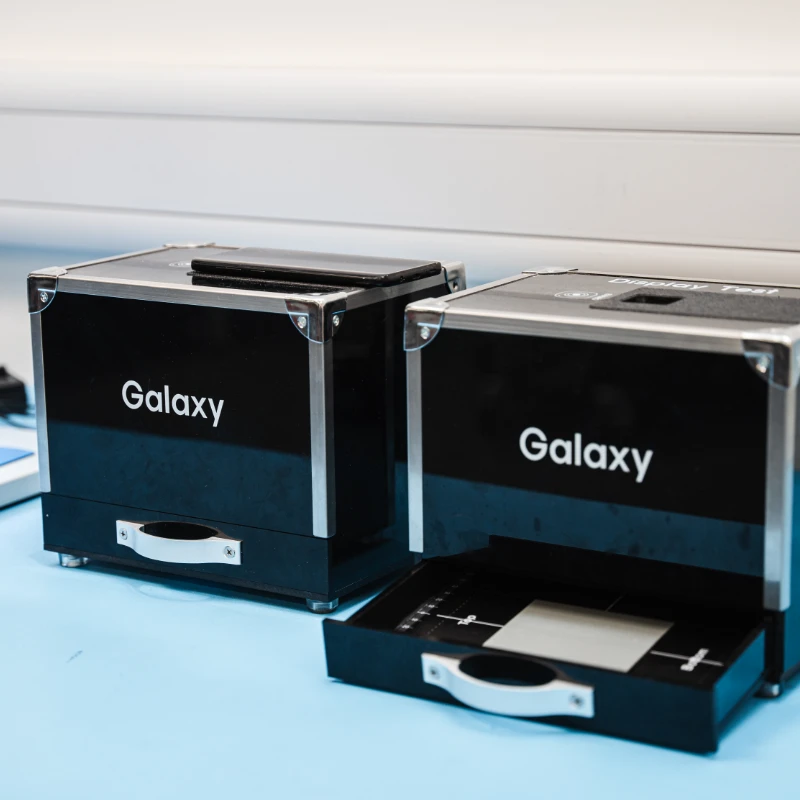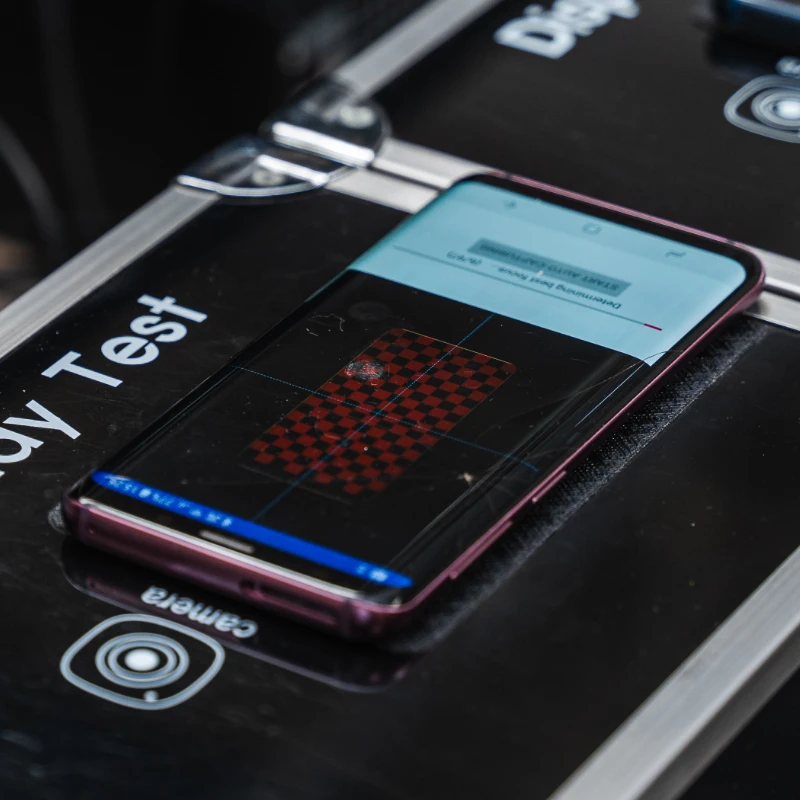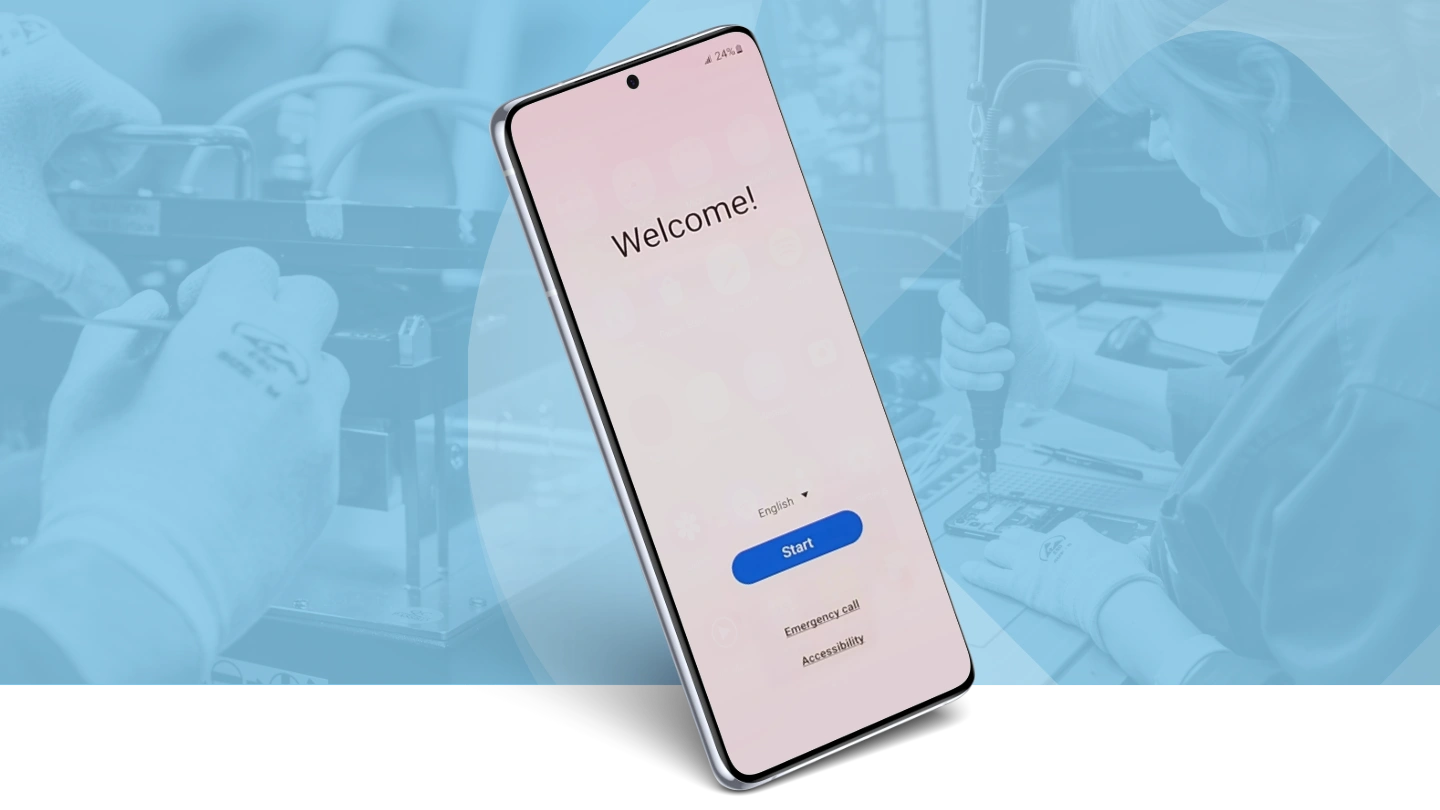Understanding Screen Burn
Screen burn manifests as discolouration, ghosting, or loss of brightness and colour intensity on a display, primarily affecting OLED displays. It occurs when worn-out pixels emit excessive light over prolonged periods, becoming more prevalent as devices age, typically after 2+ years of heavy use.



Root Causes of Screen Burn
Device displays comprise pixels emitting light, with red, green, and blue sub-pixels having varying lifespans. Certain display areas, like menu buttons and status bars, undergo minimal change, causing them to age faster than others. This discrepancy in aging rates leads to screen burn.
Prevention Strategies
While technological advancement is extending display lifespans, screen burn remains a concern, particularly in older devices. However, we are also expecting our devices to last longer (up to 8 years). As a result, screen burn will continue to be an issue, especially in older devices. To preserve display longevity, consider these tips:
- Brightness Control: Avoid setting your screen to maximum brightness.
- Wallpaper Selection: Opt for dark wallpapers and change them regularly to prevent static image exposure.
- Screen Timeout: Ensure your screen turns off when not in use to minimize prolonged exposure.
- Icon Rotation: Periodically rearrange on-screen icons, widgets, and apps to distribute usage evenly across the display.
Addressing Screen Burn
While the only fool proof method to eliminate screen burn is display replacement, there’s hope. Technicians at TMT First employ sophisticated software to reconfigure display pixels, significantly reducing screen burn at a fraction of the cost of a new display. As a Samsung Accredited Service Centre, we cover most models of phone.
Get In Touch
If your device is plagued by screen burn, don’t endure it any longer. Contact the expert team at TMT First for efficient repair solutions that restore your device back to its former glory. You’re in safe hands.
